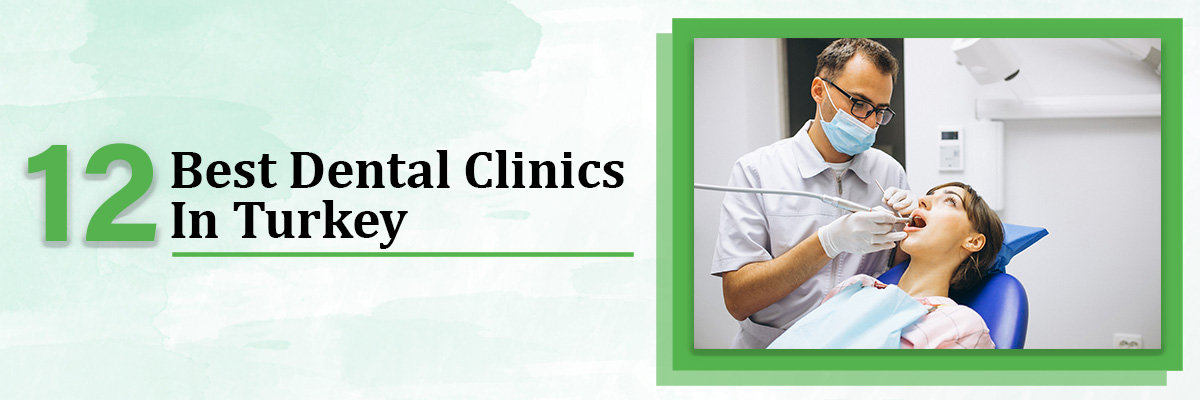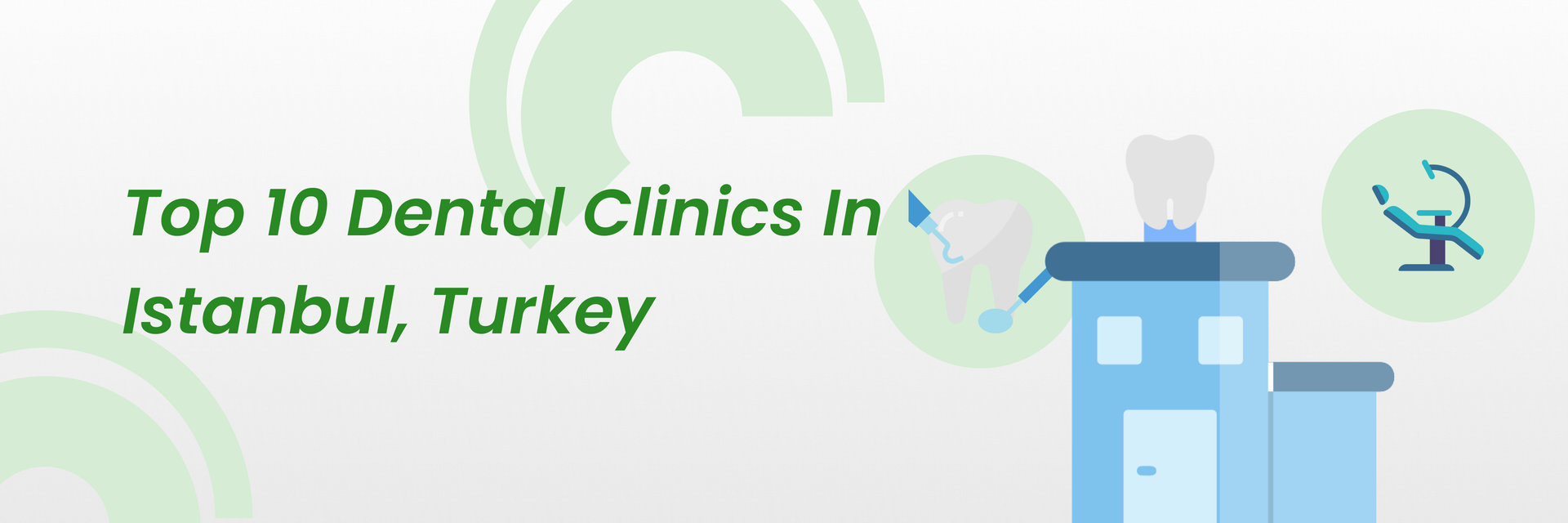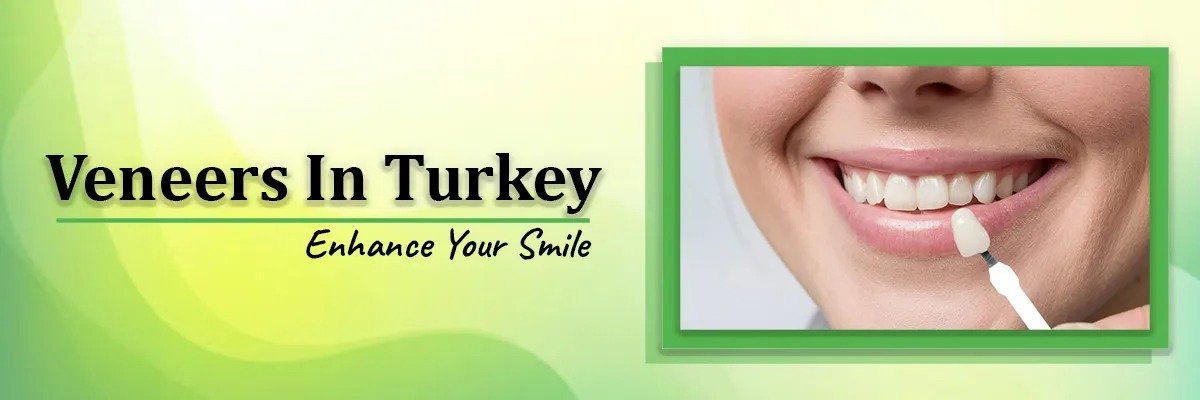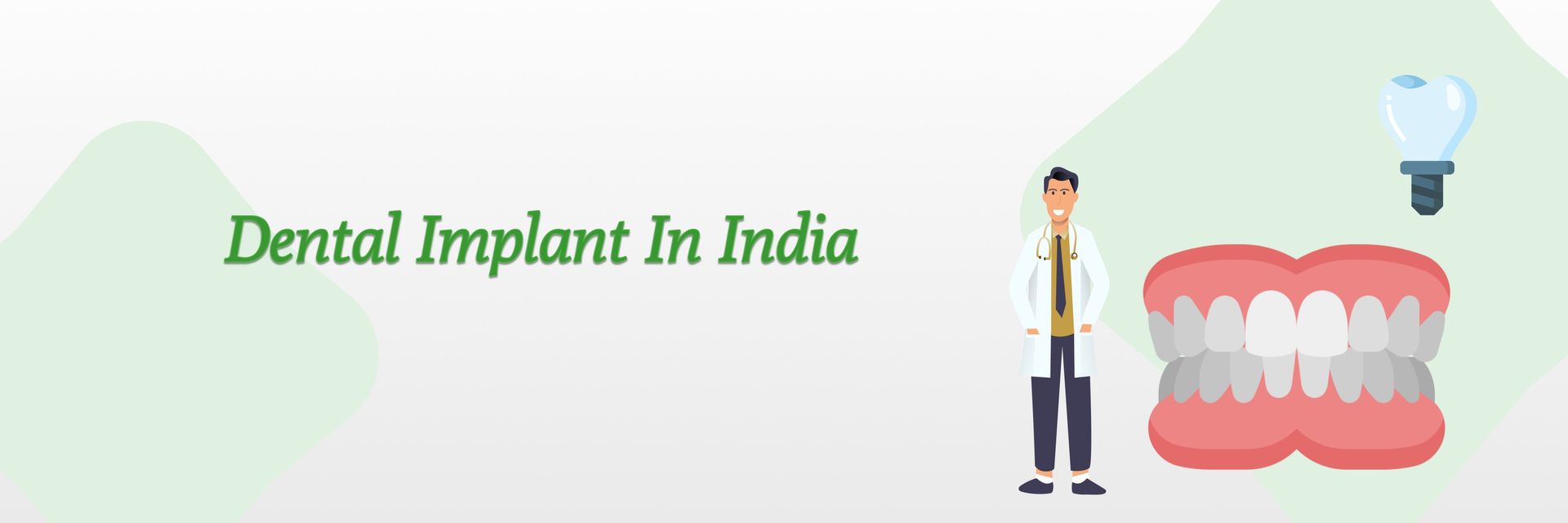Overview
Dental care is far more than just brushing your teeth twice a day. It is a comprehensive discipline that encompasses preventive strategies, therapeutic interventions, and cutting-edge innovations designed to preserve oral health and enhance overall well-being. As science continues to uncover the intricate connections between oral health and systemic health, the importance of maintaining a healthy mouth has never been more evident. This guide explores the full spectrum of dental care, from foundational hygiene practices to the latest advancements transforming the field.
The Foundation of Preventive Dental Care
Preventive dental care is the cornerstone of long-term oral health. It focuses on stopping problems before they start, rather than treating them after they’ve developed. This approach includes daily habits such as brushing with fluoride toothpaste, flossing to remove plaque between teeth, and rinsing with antibacterial mouthwash. These simple routines help prevent cavities, gum disease, and bad breath, while also preserving the integrity of the teeth and gums.
Regular dental checkups are another essential component of preventive care. Dentists typically recommend visits every six months for professional cleanings and examinations. During these appointments, dental professionals remove plaque and tartar buildup that cannot be eliminated by brushing alone. They also screen for early signs of decay, gum disease, oral cancer, and other conditions that may not yet be causing symptoms. Fluoride treatments and dental sealants are often applied during these visits, especially for children and individuals at high risk of cavities. These treatments strengthen enamel and protect vulnerable areas of the teeth from decay.
Preventive dentistry also includes education. Dentists and hygienists provide guidance on proper brushing techniques, dietary choices that support oral health, and habits to avoid, such as smoking or excessive sugar consumption. By empowering patients with knowledge, preventive care fosters a proactive mindset that can lead to healthier outcomes and reduced need for invasive procedures.
Modern Treatments for Common Dental Issues
Despite best efforts, dental problems can still arise. Fortunately, modern dentistry offers a wide array of treatments to address these issues effectively and comfortably. One of the most common procedures is the filling, used to treat cavities caused by tooth decay. Dentists remove the decayed portion of the tooth and restore its structure using materials such as composite resin, amalgam, or porcelain. These fillings not only restore function but also prevent further decay.
For more extensive damage, crowns may be used to cover and protect weakened teeth. Root canal therapy is another vital treatment, used when decay or infection reaches the tooth’s pulp. This procedure involves removing the damaged tissue, disinfecting the root canals, and sealing the tooth to prevent reinfection. Though once feared for its discomfort, modern root canals are now performed with advanced techniques that minimize pain and recovery time.
Periodontal therapy is essential for managing gum disease, which affects a significant portion of the adult population. Early-stage gum disease, known as gingivitis, can often be reversed with improved hygiene and professional cleanings. More advanced cases, such as periodontitis, may require deep cleaning procedures like scaling and root planing, as well as surgical interventions to restore gum health.
Cosmetic dentistry has also seen remarkable growth, offering treatments that enhance the appearance of the smile. Teeth whitening, veneers, and orthodontic solutions like clear aligners are popular options for those seeking aesthetic improvements. These procedures not only boost confidence but can also contribute to better oral function and hygiene.
Innovations Shaping the Future of Oral Health
The field of dentistry is rapidly evolving, driven by technological advancements and a deeper understanding of oral-systemic connections. Digital dentistry is revolutionizing diagnostics and treatment planning. Tools such as digital X-rays, intraoral scanners, and 3D imaging provide highly detailed views of the mouth, allowing for more accurate diagnoses and customized care. These technologies reduce radiation exposure, improve patient comfort, and streamline the treatment process.
Laser dentistry is another innovation gaining popularity. Lasers can be used for procedures ranging from cavity removal to gum reshaping, offering precision and reduced discomfort. They also promote faster healing and minimize bleeding, making them ideal for patients with anxiety or complex medical conditions.
Biomaterials and regenerative techniques are opening new possibilities in dental care. Researchers are exploring materials that mimic natural tooth structure and promote tissue regeneration. Stem cell therapy and growth factors may one day allow dentists to regenerate damaged pulp or bone, reducing the need for artificial implants and grafts.
Tele-dentistry is expanding access to care, especially in underserved areas. Through virtual consultations and remote monitoring, patients can receive expert advice and follow-up care without traveling long distances. This model is particularly beneficial for routine check-ins, post-operative evaluations, and preventive education.
Artificial intelligence is also making its mark in dentistry. AI algorithms can analyze imaging data to detect early signs of disease, predict treatment outcomes, and assist in clinical decision-making. These tools enhance diagnostic accuracy and support personalized care plans tailored to each patient’s unique needs.
Integrating Oral Health into Overall Wellness
Oral health is deeply interconnected with systemic health. Conditions such as diabetes, cardiovascular disease, and respiratory infections have been linked to poor oral hygiene and untreated gum disease. Inflammation in the mouth can contribute to inflammation throughout the body, highlighting the need for integrated care approaches.
Dentists are increasingly collaborating with other healthcare providers to ensure comprehensive care. For example, managing blood sugar levels in diabetic patients can improve gum health, while treating periodontal disease may reduce the risk of heart complications. This holistic perspective encourages patients to view dental care as an essential part of their overall health strategy.
Mental health also plays a role in oral hygiene. Stress and anxiety can lead to habits such as teeth grinding, neglecting hygiene routines, or avoiding dental visits. Dentists are trained to recognize these patterns and offer supportive interventions, including mouthguards, relaxation techniques, and referrals to mental health professionals when needed.
Conclusion
In conclusion, Dublin dental care is a multifaceted discipline that blends prevention, treatment, and innovation to support lifelong oral health. By embracing modern technologies, understanding the systemic impact of oral conditions, and prioritizing patient education, dentistry continues to evolve as a vital component of holistic healthcare. Whether through daily hygiene practices or advanced clinical procedures, investing in dental care is an investment in overall well-being and quality of life.







